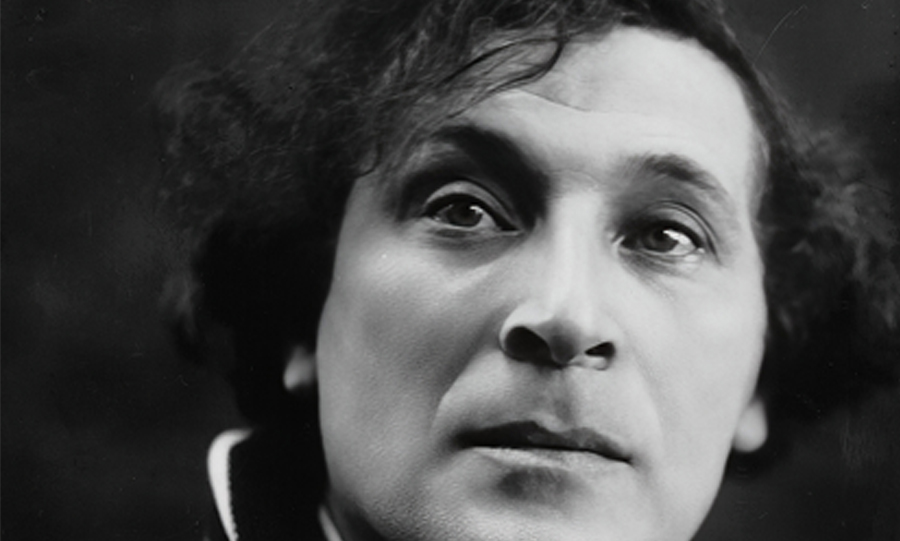Marc Chagall (2023) (Virtual Exhibition)
Marc Chagall, born Moishe Shagal on July 7, 1887, in Vitebsk, Russia (now Belarus), was a prolific and influential 20th-century artist known for his unique blend of surrealism, Cubism, and Fauvism. Chagall's art is characterized by vibrant, dreamlike imagery and a profound connection to his Jewish heritage. He initially trained in Russia, but it was his move to Paris in 1910 that exposed him to the avant-garde art scene, which had a profound impact on his work.
Chagall's work often features floating figures, fantastical animals, and surreal landscapes, all infused with rich colors and a sense of poetic narrative. His passion for storytelling is evident in his famous series of paintings depicting scenes from the Bible, which he created for the Russian-Jewish Theatre in Moscow. Chagall's art stands as a testament to his ability to transcend artistic movements and create a unique visual language that reflects his personal experiences and cultural influences. His legacy continues to captivate art enthusiasts around the world, and his works can be found in major museums and collections, leaving an indelible mark on the history of modern art.
In addition to his visual art, Marc Chagall was a versatile artist who also delved into other creative realms, including stage design and printmaking. His collaboration with the Ballets Russes, where he created costumes and set designs for productions such as "Aleko" and "The Firebird," further showcased his talent and ability to seamlessly integrate art forms. His use of vibrant colors and whimsical imagery extended to stained glass windows, ceramic works, and tapestries, adding yet another dimension to his artistic legacy. Marc Chagall's impact on the art world remains profound, and his work continues to inspire artists and captivate viewers with its imaginative and emotional depth.
